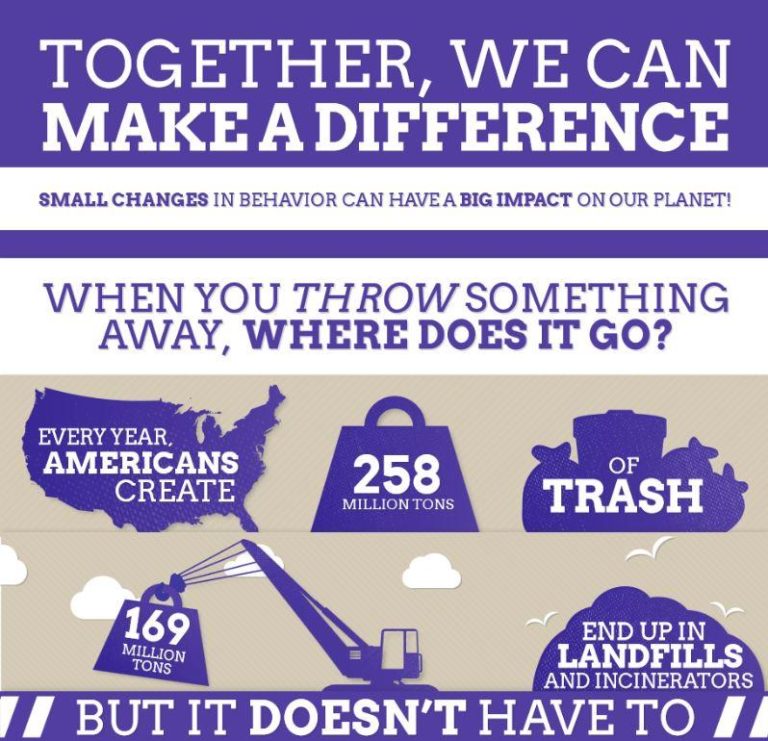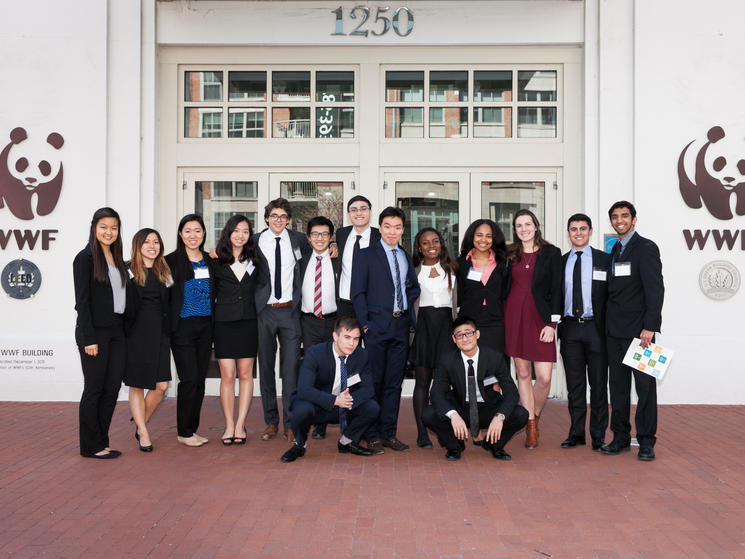In 2002-2010, the Earth Engineering Center (EEC) of Columbia University conducted a biannual
survey on Municipal Solid Waste (MSW) Generation and Disposition in the U.S., in
collaboration with Ms. Nora Goldstein of BioCycle journal. This survey, published in BioCycle
journal as “State of Garbage in America” (SOG), was based on data provided by the waste
management agencies of the fifty states. The SOG survey was not carried out in 2012 and in
2013 EEC and BioCycle agreed that the 2013 Survey of Waste Generation and Disposition in the
U.S. will be undertaken solely by the Earth Engineering Center. The objective of this research
study was to conduct a national survey of MSW generation and disposition, by compiling and
analyzing waste management data provided by the waste management agencies of the fifty states
of the Union. Furthermore, the study examined the national trend of waste generation and
management since the beginning of this century and explored options for improved data
collection and waste management at the state and national levels.!
Another objective of this study was to understand and try to resolve the large data discrepancy
between landfilling data provided by the waste management agencies of the states to the EEC
Survey and the EPA annual reports on MSW Facts and Figures.
The EEC Survey Questionnaire submitted to the waste management department of each state
requested for 2011 data. The Survey results showed that the U.S. generated a total of 389 million
tons of MSW, corresponding to a per capita generation of 1.3 short tons (1.19 metric tons) of
MSW. Of the total waste generated, 29% was either recycled or composted, 7.6 % was sent to
WTE facilities, and 63.5% was landfilled. Nine of the fifty states (Alaska, Hawaii, Louisiana,
Michigan, Missouri, Oklahoma, South Carolina, and West Virginia), representing 13% of the
U.S. population, did not provide data for the survey and some other states were not able to
provide recycling or composting data. In these cases, population-adjusted data from the 2010
Columbia/BioCycle SOG survey was used.
The national waste generation trend since the beginning of the 20th century was closely related to
the national GDP trend. The total waste generation from 2011 has not increased much from
2008; however, the landfilled tonnage decreased by about 20 million tons while recycling
increased by nearly the same amount This indicates that the national effort to divert wastes from
landfills and recycle has made progress.
The landfilled MSW tonnage difference with EPA was even larger this year at about 113 million
tons. Speculative reasons for the data discrepancy include residues from recycling facilities,
wastes that are not captured in the material flows method used by EPA (e.g. packaging of
imported goods), automobile shredder residue, ash residues ending up in landfills, household
construction projects, and light industrial wastes that for lack of other means are disposed with
MSW in MSW landfills.
The 2013 EEC Survey indicated clearly the need for financial and human resources to be
provided at the state level to keep track of the ever increasing stream of solid wastes and advance
sustainable waste management in the U.S. to the level of several leading developed nations in
Europe and Asia.
Resources
Resources
Generation and Disposition of Municipal Solid Waste (MSW) in the United States –A National Survey
Sign Up For Updates
To receive news updates from Further with Food, including information about new initiatives, research results and upcoming food loss and waste events, please provide the following information and push the “subscribe” button!



